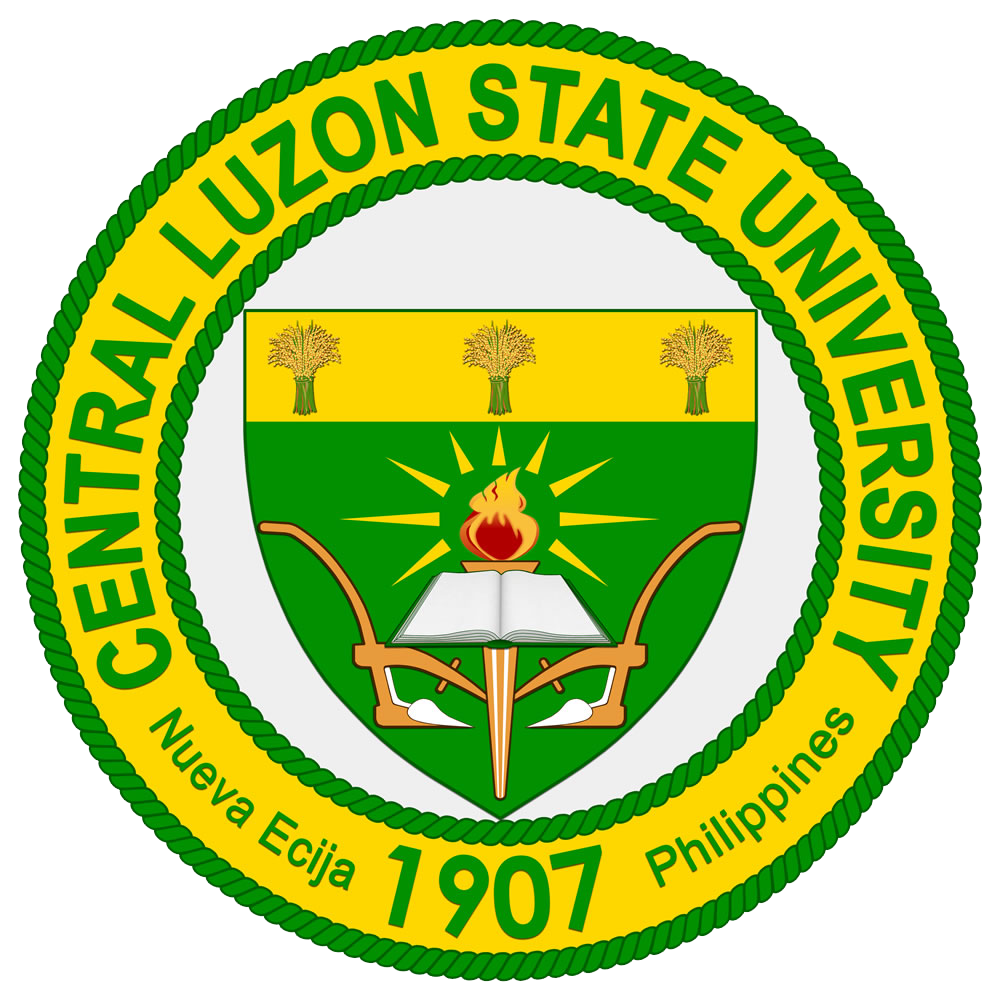In a concerted effort towards the preservation and restoration of the natural environment, a continuous extensive ecological assessment is being conducted along the pristine waters of Sumacbao River within the picturesque confines of Minalungao National Park, situated in General Tinio, Nueva Ecija. This endeavor is undertaken as part of a Memorandum of Agreement (MOA) between the Department of Environment and Natural Resources (DENR) - Provincial Environment and Natural Resources Office (PENRO) and Central Luzon State University (CLSU) through the College of Fisheries (CF) and Freshwater Aquaculture Center (FAC), aims to bolster the ecological integrity of the area as part of a three-year extension project entitled “Ecological Assessment of Sumacbao River within Ecotourism Site in Minalungao National Park Under Area-based Management Plan for Manila Bay Rehabilitation Project.
The comprehensive assessment held last March 5, 2024 was spearheaded by Dr. Lorenz J. Fajardo and Dr. Alvin T. Reyes, Project Leaders and Department Heads of the College of Fisheries - CLSU. Under their stewardship, the project not only addresses local concerns but also aligns with global sustainability initiatives, notably Sustainable Development Goal (SDG) 14 – Life Below Water, emphasizing the conservation and sustainable use of oceans, seas, and freshwater and marine resources.
The assessment meticulously scrutinized various facets of the river ecosystem, including physico-chemical water quality parameters, planktonic organisms, coliform levels, as well as the diverse array of macrobenthos and aquatic fauna inhabiting the river. Of particular note, the findings were benchmarked against the standards set forth by the DENR, with a focus on achieving Class C water quality status, indicative of water suitable for recreational and agricultural purposes.
During the March 5 sampling activity, the water quality parameters comprising temperature, total dissolved solids, pH, dissolved oxygen, total ammonia-nitrogen, nitrite, and total coliform count fall within the designated thresholds for Class C water. However, alkalinity and hardness readings were marginally lower than optimal, while phosphorus levels exceeded the recommended standard. Phytoplankton, categorized as green algae, blue-green algae, and diatoms were identified in the river. Additionally, fish species observed include goby, carp, and tilapia.
Dr. Fajardo, leading the research efforts, remarked, "Our findings provide invaluable insights into the ecological health of Sumacbao River, shedding light on areas necessitating immediate attention. By adhering to DENR standards and leveraging scientific rigor, we aspire to not only safeguard the biodiversity of this vital waterway but also contribute meaningfully to the overarching goals of the Manila Bay Rehabilitation Project."
This collaborative endeavor underscores the importance of interdisciplinary cooperation and scientific inquiry in advancing environmental conservation initiatives. As the assessment progresses, stakeholders remain optimistic that the invaluable data gleaned will inform evidence-based policy decisions, fostering a sustainable future for both local communities and the broader ecosystem.
This joint undertaking was carried out by the CF-FAC faculty members and staff, Ms. Cherry Ann G. Kindipan, Mr. Aries Paul D. Padron, Mr. Junard A. Catabay, Ms. Ronalyn M. Macaso, Ms. Evelyn P. Alcaraz, and Ms. Cheryl Grace B. Hoggang, along with DENR-CENRO, For. Raquel H. Fernandez, Assistant PASu; Francis Paolo O. Pagbilao, PAMO Technical Staff; For. Jelyn B. Amatorio, PAMO Technical Staff; and Department of Aquaculture graduate students.




